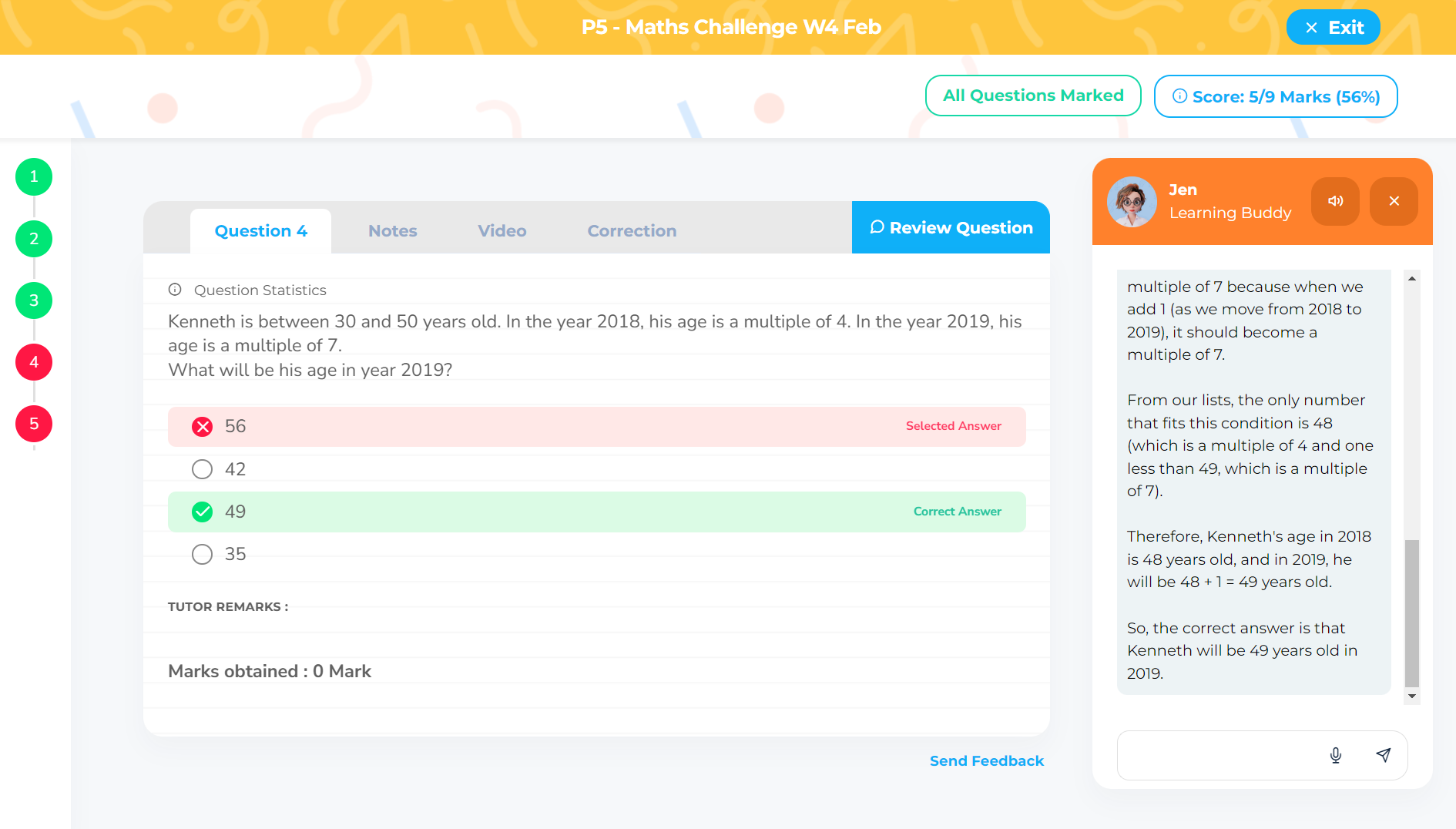Why is it more crucial than ever for educators to grasp the intricacies of student assessment in today’s ever-evolving educational landscape? As educators, the aim is not just to teach but to ensure that learning is happening — effectively, efficiently, and equitably. This brings to light the pivotal roles of Assessment of Learning (AoL), Assessment for Learning (AfL), and Assessment as Learning (AaL) in shaping educational experiences.
How to Assess Student Learning
The process of assessing student learning is multifaceted, requiring a blend of traditional and innovative approaches to fully capture the depth of students’ understanding and skills.
- Conventional Quizzes and Exams
These tried-and-true methods serve as benchmarks, offering a snapshot of student comprehension and mastery at a given point. - Projects and Portfolios
By engaging in longer-term projects or compiling portfolios, students demonstrate their understanding and application of knowledge in more depth and breadth. - Peer Assessments
This approach fosters a sense of community and collaboration and allows students to gain insights from their peers’ perspectives and understandings. - Formative vs. Summative Assessments
Balancing formative assessments, which provide ongoing insights into student progress, with summative assessments, marking the culmination of learning units, creates a comprehensive evaluation framework.
Read More: Why is Assessment Important?
Read More: 5 Singaporean E-learning Platforms You Must Know!
Key Considerations in Student Assessment
Delving into student assessment entails more than merely selecting tools; it demands a thoughtful alignment with educational goals and an appreciation for the diverse tapestry of learners.
- Aligning with Learning Objectives: Ensuring assessments reflect the intended learning outcomes is fundamental to their effectiveness.
- Diversifying Assessment Methods: Catering to varied learning styles and intelligences means incorporating various assessment types — from written work to presentations.
- Considering Student Diversity: Tailoring assessment approaches to accommodate students’ diverse needs and backgrounds is crucial for inclusivity and equity.
- Using Technology for Efficiency: Modern tools can streamline the assessment process, offering teachers and students a more interactive and engaging experience.
Optimal Timing for Student Assessment
Timing in assessment is not just about the “when”; it’s about creating a rhythm that syncs with the learning journey, enhancing its impact and relevance.
- Diagnostic Assessments
At the outset of a new unit or term, these can help map out the learning landscape, identifying strengths and areas for growth. - Formative Assessments
These should be woven throughout the instructional process, providing ongoing insights into student progress and understanding. - Summative Assessments
Typically positioned at the end of a learning cycle, they culminate student achievement evaluations. - Continuous Feedback
Integral to the learning process, timely and constructive feedback supports student growth and development.
Read More: 6 Powerful Steps to Prepare Your Learners for Any Exams
Monitoring and Enhancing Student Learning
The true power of assessment lies not just in the act of measuring but in the subsequent steps of reflection, adaptation, and enhancement that it prompts.
- Regular Check-ins and Progress Tracking: These practices are vital for keeping students on track and identifying when interventions might be needed.
- Adaptive Learning Strategies: Personalising learning experiences to meet individual student needs can significantly enhance outcomes.
- Data-driven Decision-Making: Leveraging assessment data can inform more effective teaching strategies and interventions.
- Feedback Loops for Improvement: Constructive feedback is a powerful tool for student growth, encouraging reflection and refinement of skills and knowledge.
Integrating Technology in Student Assessment
Incorporating technology into student assessment can transform the educational experience, making it more dynamic, interactive, and personalised. Digital platforms like HeyHi offer many options for creating diverse and engaging assessments, while AI and data analytics provide the means to tailor learning experiences to the unique needs of each student.

HeyHi Assessment featuring Jen as Interactive Learning Buddy
Enhanced collaboration and engagement are just a tap away, with platforms like HeyHi offering innovative solutions to bring these possibilities to life. HeyHi, with its array of features, exemplifies how technology can support and elevate the assessment process.
Read More: AI for Education in 2024: What Should Teachers Prepare?
Read More: 5 Best Test and Quiz Makers for Educators
Conclusion
Assessing student learning is multifaceted, demanding a blend of tried-and-true methods and innovative approaches. It’s about balancing the types of assessments, conventional tasks and creative projects, individual efforts, and collaborative endeavours. Technology plays a pivotal role in this digital age, offering tools and platforms that can enhance and transform the assessment landscape. With such resources at their disposal, teachers can not only assess but also inspire, motivate, and empower their students.

HeyHi is an AI-enabled assessment & personalised adaptive learning system, in a collaborative learning space. We empower educators through unique features such as extensive ready-to-use question bank, AI Worksheet Generator, and Performance Analytics to pinpoint learning gaps and enable adaptive assessments. Utilising comprehensive student learning data, we leverage generative AI to personalise the learning experience for each individual student.
Website: heyhi.sg
LinkedIn: linkedin.com/company/heyhilearningspace/
Facebook: facebook.com/HeyHiLearningSpace
Instagram: instagram.com/heyhilearningspace/
